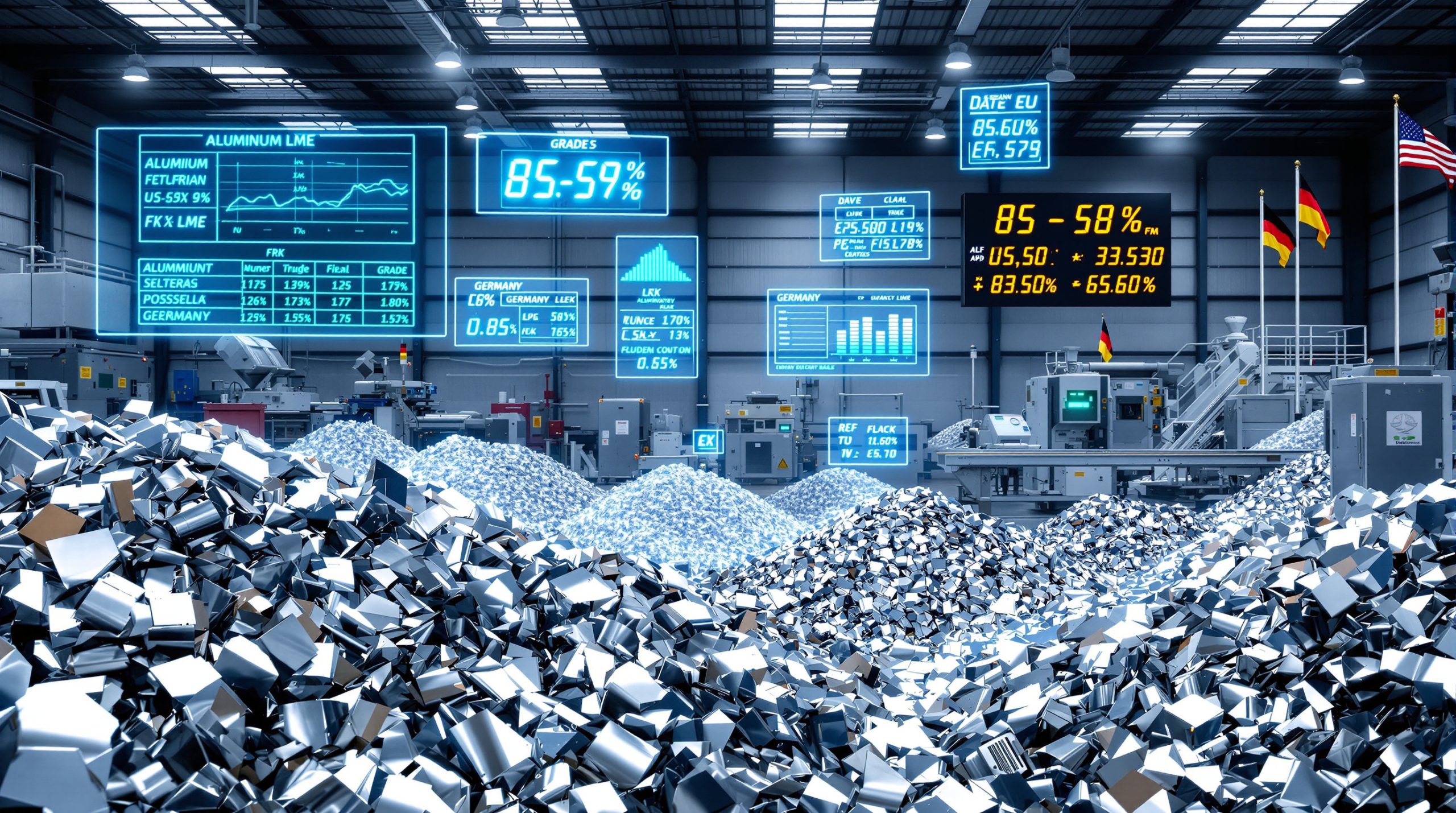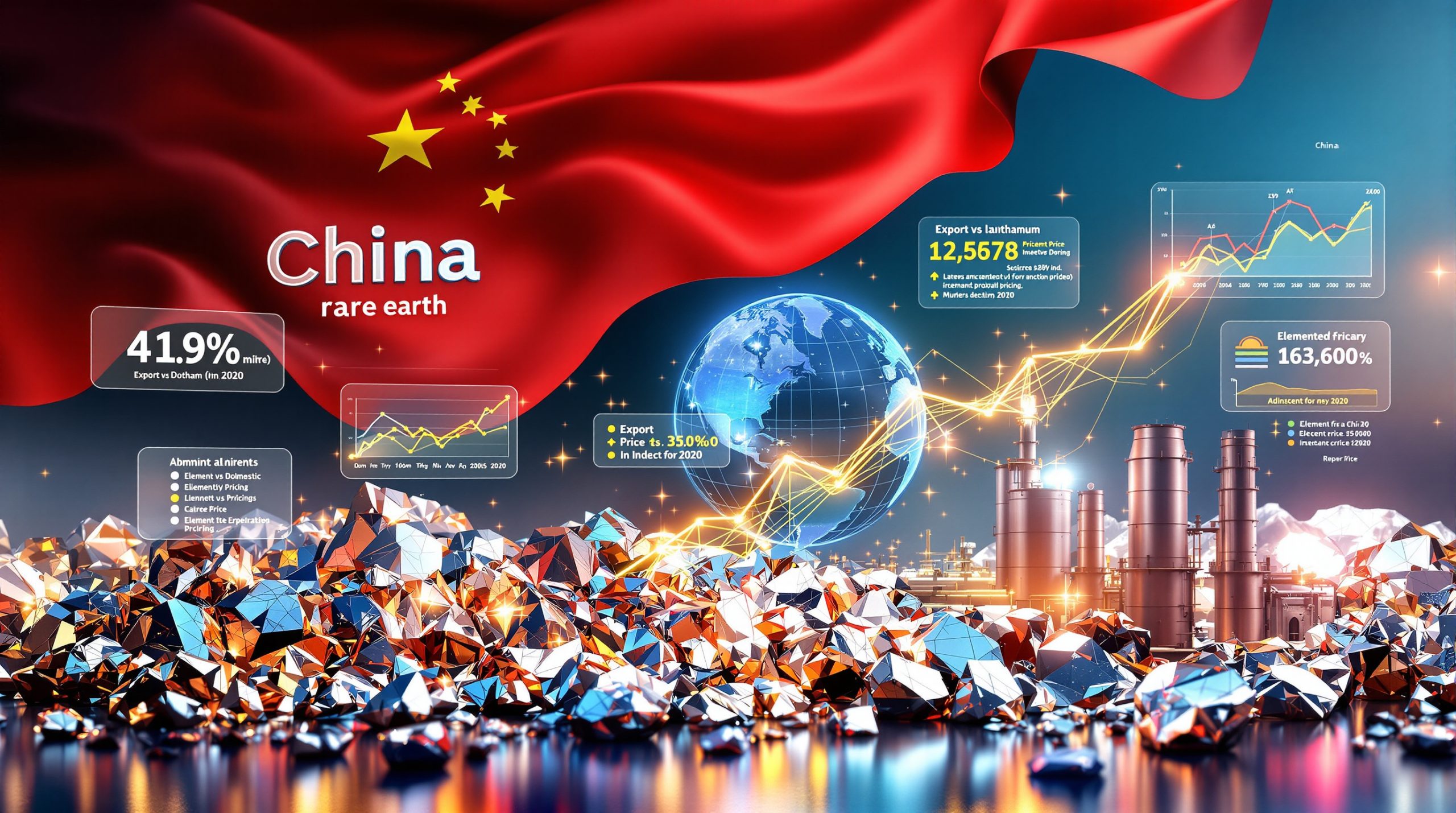China's commitment to technological self-sufficiency in rare earth elements represents a transformative shift that extends far beyond resource extraction. This strategic evolution centers on developing comprehensive domestic capabilities while reducing reliance on foreign technologies across the entire value chain. The approach encompasses everything from advanced mining techniques to sophisticated manufacturing processes that serve both domestic and international markets, with Baogang tech self-reliance rare earths initiatives leading this fundamental transformation.
China's Strategic Framework for Mineral Independence
The framework for this independence strategy rests on several foundational pillars that distinguish it from previous approaches. Independent research and development capabilities now drive innovation rather than technology transfer agreements. Domestic technology solutions for processing and refining have become priorities, with substantial investments in proprietary methodologies. Vertical integration from raw materials to finished products creates control over quality and pricing throughout production cycles.
Furthermore, critical minerals energy security has become a cornerstone of national policy, emphasising the strategic importance of technological independence. The integration of AI-powered mining efficiency technologies demonstrates China's commitment to advancing operational capabilities through innovation.
Key Elements of China's Self-Reliance Strategy:
• Comprehensive supply chain control from mining to manufacturing
• Advanced automation systems reducing dependence on foreign equipment
• Digital transformation initiatives enhancing operational efficiency
• Strategic stockpiling and inventory management systems
• Enhanced environmental compliance through proprietary technologies
This strategic framework reflects broader national objectives outlined in recent policy directives, emphasizing the critical importance of securing technological independence in sectors vital to national security and economic competitiveness.
Baogang Group's Central Role in China's Rare Earth Dominance
Baogang Group operates as the cornerstone of China's rare earth sector through its control of China Northern Rare Earth Group and its management of the Bayan Obo deposit in Inner Mongolia. This massive mineral complex contains some of the world's most significant concentrations of rare earth elements, positioning Baogang as a critical player in global supply chains.
Recent developments within Baogang's organizational structure demonstrate alignment with national strategic objectives. On October 27, 2025, the company's Party Standing Committee, led by Party Secretary and Chairman Meng Fanying alongside General Manager Li Xiao, emphasised technological self-reliance and breakthroughs in core technologies as priorities for the upcoming 15th Five-Year period.
Advanced Mining and Processing Capabilities
The company's technological advancement extends across multiple operational areas. However, the broader mining industry evolution shows how sophisticated monitoring systems now optimise extraction efficiency while maintaining environmental compliance standards. These systems enable real-time adjustments to extraction parameters based on ore quality variations and environmental conditions.
Processing facilities have undergone significant modernisation, incorporating advanced separation technologies that improve recovery rates while reducing energy consumption. The integration of automated quality control systems ensures consistent output specifications that meet increasingly demanding market requirements.
Operational Excellence Indicators:
• Implementation of predictive maintenance protocols reducing downtime
• Integration of environmental monitoring systems across all facilities
• Development of specialised processing techniques for complex ore compositions
• Establishment of quality assurance programs meeting international standards
Strategic Product Portfolio Expansion
Baogang's evolution beyond traditional rare earth production encompasses strategic emerging industries identified in national development plans. The company has diversified into advanced materials for renewable energy applications, high-performance magnetic materials, and specialised alloys for aerospace applications.
This expansion strategy aligns with broader objectives of moving up the value chain while maintaining competitive advantages in fundamental processing capabilities. Consequently, the approach creates multiple revenue streams while establishing technological leadership in high-value applications.
Global Supply Chain Implications of Chinese Consolidation
The concentration of rare earth processing capabilities within Chinese state-backed enterprises creates significant implications for international markets. Western manufacturers increasingly face challenges in securing diverse supply sources for critical materials, particularly as Chinese companies enhance their technological capabilities and market positions.
This consolidation affects multiple aspects of global supply chain dynamics. Processing technology development has become concentrated within Chinese institutions, limiting access to alternative methodologies for international competitors. In addition, quality control standards and specifications increasingly reflect Chinese industry practices, influencing global market requirements.
Supply Chain Concentration Effects:
• Reduced availability of alternative processing technologies
• Enhanced pricing power for integrated Chinese producers
• Increased coordination between mining and manufacturing operations
• Greater consistency in product specifications across Chinese suppliers
• Limited technology transfer opportunities for Western companies
The strategic implications extend beyond simple market concentration to encompass technological dependencies that may persist for extended periods. Western companies seeking to establish alternative supply sources face substantial barriers related to both technical expertise and capital requirements.
Market Power and Pricing Dynamics
Chinese consolidation in rare earth processing creates enhanced market power that extends beyond traditional commodity pricing mechanisms. Integrated operations enable Chinese companies to optimise pricing across the value chain while maintaining competitive advantages in downstream applications.
This market position allows for strategic pricing decisions that can influence global demand patterns and investment decisions by international competitors. For instance, the ability to coordinate supply and pricing across multiple product categories creates opportunities for cross-subsidisation and strategic market positioning.
Vertical Integration as Competitive Strategy
China's approach to rare earth development emphasises complete supply chain control, creating competitive advantages that extend beyond cost considerations. This integrated strategy encompasses upstream mining operations, midstream processing facilities, and downstream manufacturing capabilities.
Upstream operations benefit from coordinated resource planning and optimised extraction schedules. Moreover, AI transforming drilling operations enables mining activities to be aligned with downstream demand patterns, reducing inventory costs while ensuring supply security.
Downstream Manufacturing Integration
Manufacturing capabilities span traditional applications while expanding into emerging technology sectors. Permanent magnet production represents a significant component of downstream operations, serving both domestic and international markets. Advanced materials for hydrogen storage, medical devices, and renewable energy systems create additional revenue streams while establishing technological leadership.
Vertical Integration Benefits:
| Stage | Optimisation | Competitive Impact |
|---|---|---|
| Mining | Resource coordination | Improved recovery efficiency |
| Processing | Quality consistency | Enhanced product specifications |
| Manufacturing | Demand alignment | Reduced inventory costs |
| Distribution | Market responsiveness | Faster delivery capabilities |
This integrated approach creates barriers to entry for potential competitors while establishing technological moats that protect market positions. The coordination between different stages of production enables rapid response to market changes and customer requirements.
Digital Transformation and Technological Leadership
Modern rare earth operations increasingly rely on sophisticated digital systems to optimise performance and maintain quality standards. These technological investments create substantial advantages while establishing barriers to entry for potential competitors.
Artificial intelligence applications optimise ore grade recovery through predictive modelling and real-time process adjustments. Machine learning algorithms analyse geological data to identify optimal extraction zones whilst minimising environmental impact. Automated quality control systems ensure consistent product specifications whilst reducing labour requirements.
Real-time monitoring systems provide comprehensive oversight of operations across multiple facilities. Digital dashboards enable centralised management of complex production processes whilst maintaining local operational flexibility. Furthermore, predictive maintenance protocols reduce equipment downtime whilst extending asset life cycles.
Digital Innovation Implementation:
• AI-driven geological modelling for optimised resource extraction
• Automated process control systems maintaining consistent quality
• Real-time environmental monitoring across all operational areas
• Predictive maintenance reducing unplanned equipment failures
• Digital inventory management optimising supply chain efficiency
Technology Integration Challenges and Solutions
The implementation of advanced digital systems requires substantial investment in both hardware and human capital. Training programmes ensure operational staff can effectively utilise sophisticated monitoring and control systems. Cybersecurity protocols protect proprietary technologies whilst enabling efficient operations.
Integration between different technological systems creates operational efficiencies whilst maintaining flexibility for future upgrades. Standardised interfaces enable equipment from different suppliers to operate cohesively within integrated production systems.
Environmental Compliance and Competitive Positioning
Environmental standards increasingly influence competitive dynamics in rare earth processing. Chinese producers have invested substantially in clean processing technologies, potentially raising competitive barriers for international alternatives whilst demonstrating commitment to sustainable operations.
Advanced environmental controls reduce emissions and waste generation whilst maintaining production efficiency. However, mine reclamation innovations demonstrate how these investments support long-term operational sustainability while meeting increasingly stringent regulatory requirements.
Regulatory Framework Impact
Compliance with evolving environmental regulations requires ongoing investment in monitoring and control technologies. Chinese rare earth operations have adapted to domestic environmental standards whilst maintaining international competitiveness. These adaptations create operational expertise that may influence global industry standards.
Environmental Technology Advantages:
• Advanced water treatment systems minimising discharge
• Waste heat recovery systems improving energy efficiency
• Closed-loop processing reducing raw material consumption
• Real-time emissions monitoring ensuring regulatory compliance
• Habitat restoration programmes supporting community relations
The integration of environmental technologies with production systems creates operational synergies whilst supporting sustainability objectives. These investments position Chinese producers favourably as global environmental standards continue evolving.
Western Supply Diversification Challenges
Western nations seeking to reduce dependence on Chinese rare earth supplies face substantial technological and economic obstacles. The complexity of rare earth processing requires specialised knowledge accumulated over decades of operational experience. Building comparable capabilities demands significant capital investment, extended development timelines, and access to specialised expertise.
According to Forbes analysis, it might take a long time for Western nations to become self-sufficient in rare earth materials, highlighting the complexity of establishing competitive processing capabilities outside China.
Technology transfer limitations complicate efforts to establish competitive processing capabilities outside China. The concentration of technical knowledge within Chinese institutions creates dependencies that extend beyond simple supplier relationships. Developing alternative supply sources requires comprehensive industrial ecosystems rather than isolated processing facilities.
Capital and Time Requirements
Establishing competitive rare earth processing capabilities requires substantial upfront investment extending beyond facility construction. Specialised equipment, environmental controls, and quality assurance systems demand significant capital commitments. Development timelines often extend over multiple years before achieving commercial production levels.
Development Challenges:
• High capital requirements for specialised processing equipment
• Extended permitting processes for environmental compliance
• Limited availability of experienced technical personnel
• Complex supply chain integration requirements
• Substantial working capital needs during startup phases
These barriers create advantages for established operators whilst complicating efforts to develop alternative supply sources. Western companies must carefully evaluate both technical and economic feasibility when considering rare earth processing investments.
Future Market Evolution and Strategic Positioning
The trajectory of global rare earth markets depends on technological developments, geopolitical considerations, and evolving demand patterns from clean energy and advanced technology sectors. Several potential scenarios could reshape market dynamics over the coming decade.
Continued Chinese technological leadership and market dominance represents one potential outcome, supported by ongoing investments in processing capabilities and downstream applications. The World Nuclear Association's research indicates uranium extraction from rare earth deposits adds another dimension to the strategic value of these resources.
Potential Market Developments:
• Breakthrough recycling technologies reducing primary extraction requirements
• Alternative material development reducing rare earth demand in specific applications
• Geopolitical tensions influencing trade and investment patterns
• Technological innovations enabling more efficient processing methods
• Environmental regulations affecting global production locations
Innovation and Strategic Response Framework
Ongoing research and development activities may create new opportunities for market participants whilst potentially disrupting existing competitive relationships. Advances in extraction technologies, processing methods, and recycling capabilities could influence future supply and demand balances.
Investment in alternative materials research may reduce rare earth requirements in specific applications whilst creating new demand in emerging technology sectors. The balance between these competing trends will influence long-term market dynamics and competitive positioning.
Strategic Response Framework:
• Supplier diversification reducing dependence on single sources
• Investment in recycling technologies extending material availability
• Support for alternative mining projects in allied nations
• Research partnerships developing substitute materials
• Strategic stockpiling providing supply security buffers
The evolution of global rare earth markets reflects broader trends in critical mineral supply chains, where technological capabilities and strategic positioning increasingly determine competitive outcomes. Understanding these dynamics enables better strategic planning for both public and private sector stakeholders navigating this complex landscape, particularly as Baogang tech self-reliance rare earths initiatives continue reshaping global market structures.
Want to Capitalise on Critical Mineral Discovery Opportunities?
Discovery Alert's proprietary Discovery IQ model delivers real-time alerts on significant ASX mineral discoveries, instantly empowering subscribers to identify actionable opportunities ahead of the broader market. Understanding why major mineral discoveries can lead to substantial returns is crucial—explore Discovery Alert's dedicated discoveries page showcasing historic examples of exceptional outcomes, then begin your 30-day free trial today to position yourself ahead of the market.




